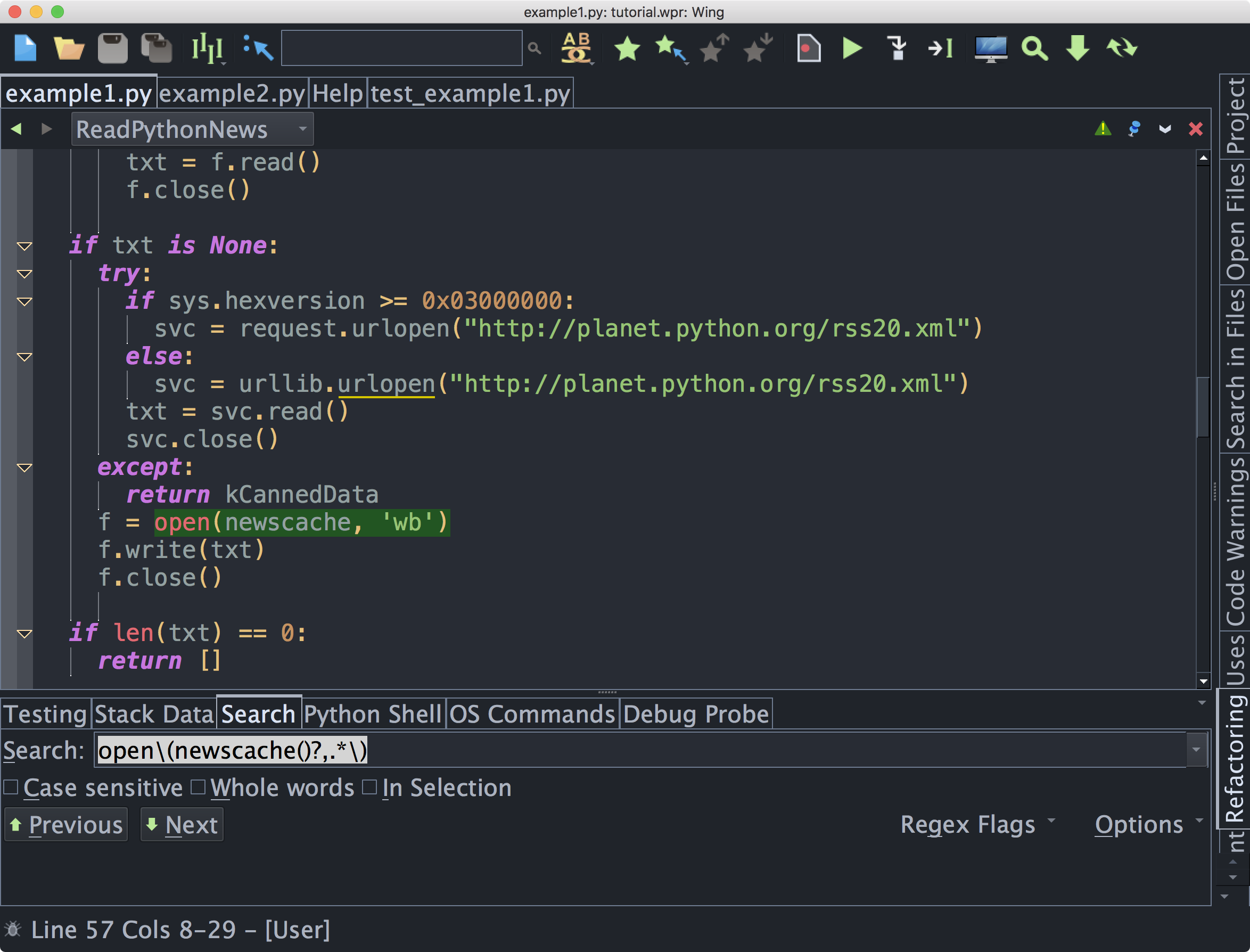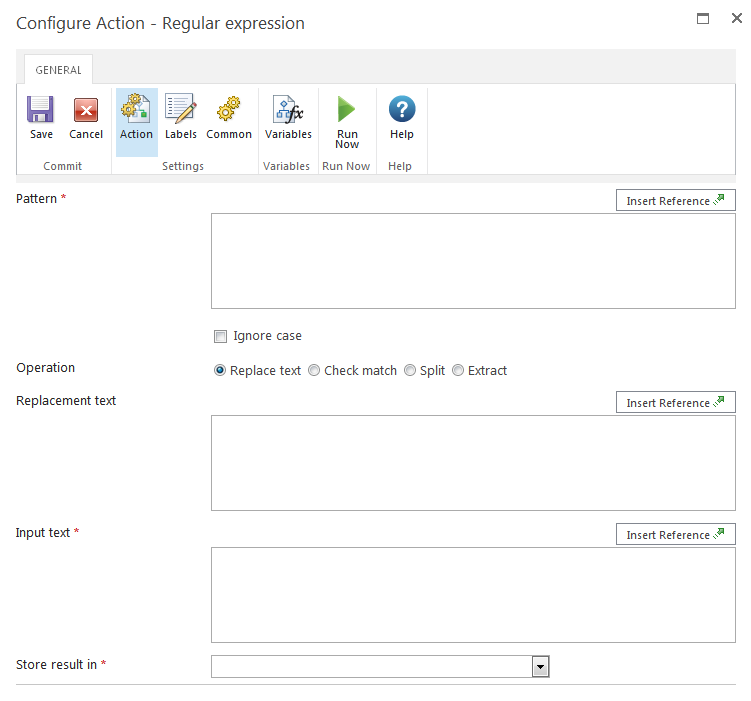

The above example is stating that the delimiter could be a comma or a semi-colon. Although it could be a single character, like a comma or even several characters like #!# if that is the delimiter (I used to use that), it could also be very intelligent as you could give it options. The interesting thing to note here, is that the pattern is a Regular Expression. Nintex Workflow - Collection Variable - Vadim Tabakman For more information on the collection variable, take a look at these : The result of this needs to be stored in a Nintex Workflow collection variable.

The operation is "Split" and the Input text, I've simply typed in some text with the comma separating them. The character or characters that will be used to split a piece of text. When doing a split, this is the delimiter. Notice that the first data entry field to fill is in the pattern. If you need to get the data into a Nintex Workflow collection variable, you can use the Regular Expression action to split the data based on that delimiter. Either comma delimited, as in CSV files, or semi-colon delimited, as from some accounting systems or some other delimiter. There are times where you will be getting data from lists, from web services, databases or elsewhere, where the data comes to you in a delimited form.
Regex replace text workflow how to#
In this post, I'll give you some quick tips on how to get data that you may need.

There are a number of sites online that give you the basics of it. Don't be worried about not knowing how to put Regular Expressions together. The Regular Expression action is an extremely powerful action for splitting text, replacing text or getting data out of text. K2 blackpearl Cumulative Updates and Fixpacks


 0 kommentar(er)
0 kommentar(er)
